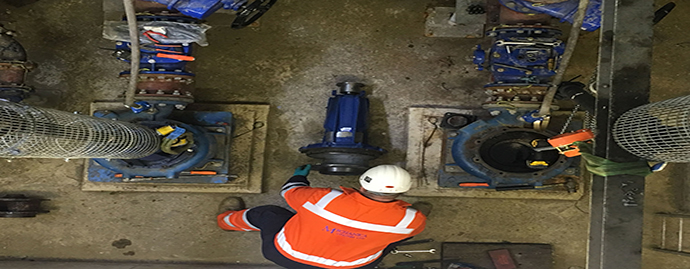| Start Date | End Date | Country | City |
|---|

 +966 920007771
+966 920007771

Objectives
- Participants will learn about the terminology (cooler, exchanger, condenser etc), its significance and typical applications, basic principles of heat transfer and their application to design of heat exchangers, specific considerations applicable to condensers, evaporators etc.
- The participants would also gain understanding of design thumb rules, overview of TEMA code, applications of process control to heat transfer equipment and typical applications of special/non-conventional heat transfer equipment
Outlines
Part 1 – Introduction
- Bench Mark Quiz
- Classification based on application, terminology and applications (typical)
- Classification based on construction
Part 2 – Overview of thermal design:
- Fundamentals of Heat transfer
- Concept of LMTD, Overall HT co-efficient, fouling factor
- TEMA Classification and TEMA types
- Overview - Design of double pipe exchanger – sizing & pressure drop
- Overview - Design of shell and tube exchanger – sizing, pressure drop, considerations for fluid allocation (shell side/tube side), no. of passes. Baffle spacing
- Use of both Kern Method and Bell (Delaware) Method would be highlighted
- Overview – Design of PHE, Air Coolers
Part 3 – Mechanical design
- Overview and highlights of TEMA Code and Mechanical design
- Mechanical design of components – tube sheet, baffles, bonnet/shell cover
Part 4 – Operations and control:
- Operation of PHE and other types of Heat Exchangers
- Process control of heat exchangers and evaporators
- Maintenance of Heat - exchangers
Who Should Attend
- The course is recommended for engineers (Chemical/Mechanical) interested in overview of different types of heat transfer equipments including PHE.
- The course would help participants to widen and/or gain better insight into selection of type of Heat Exchangers vis-à-vis application. Persons engaged in operations of Chemical / Petrochemical plant, refinery could look forward to gaining further insight into operational and control aspects of Heat Transfer equipment.
Duration
3 Days









